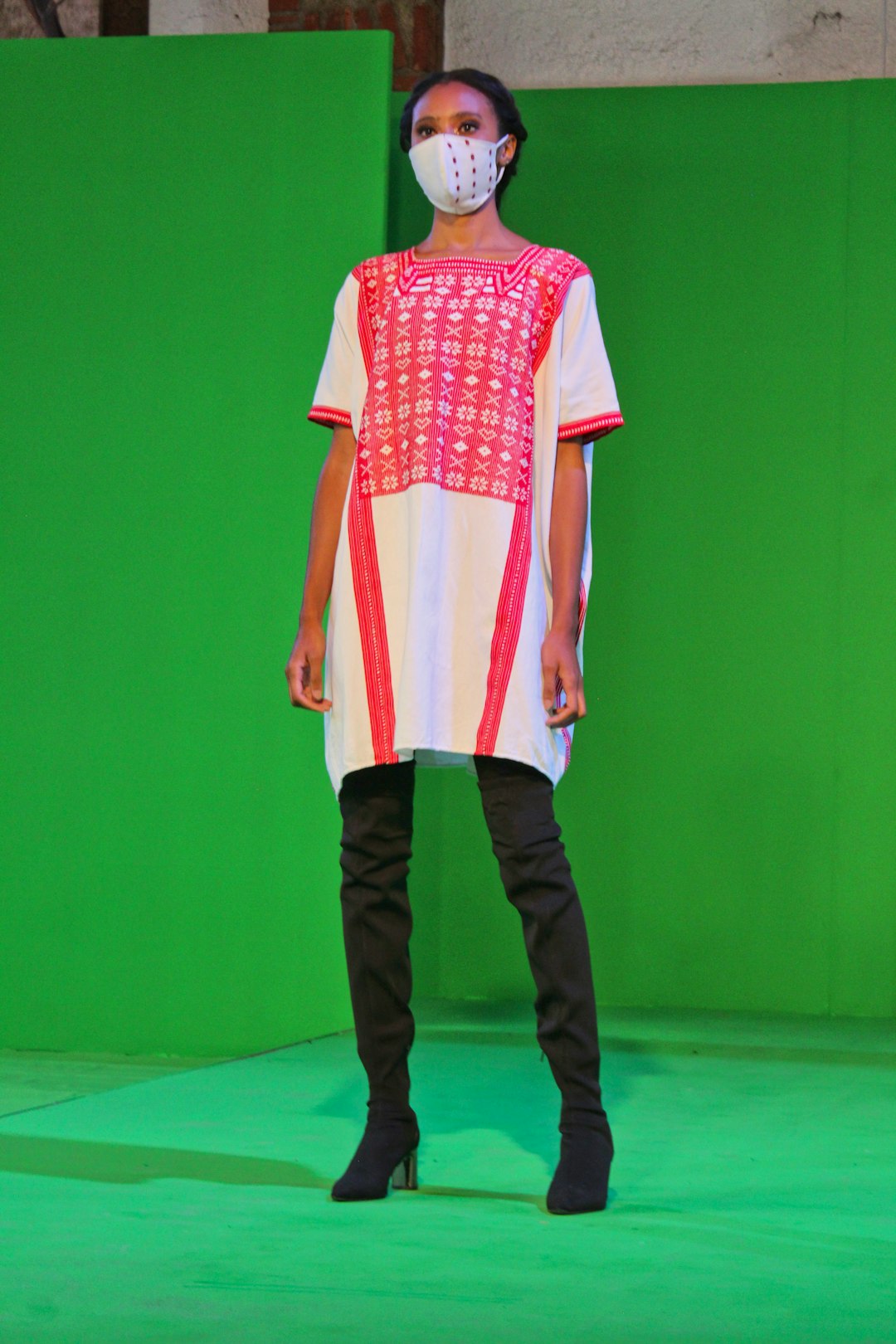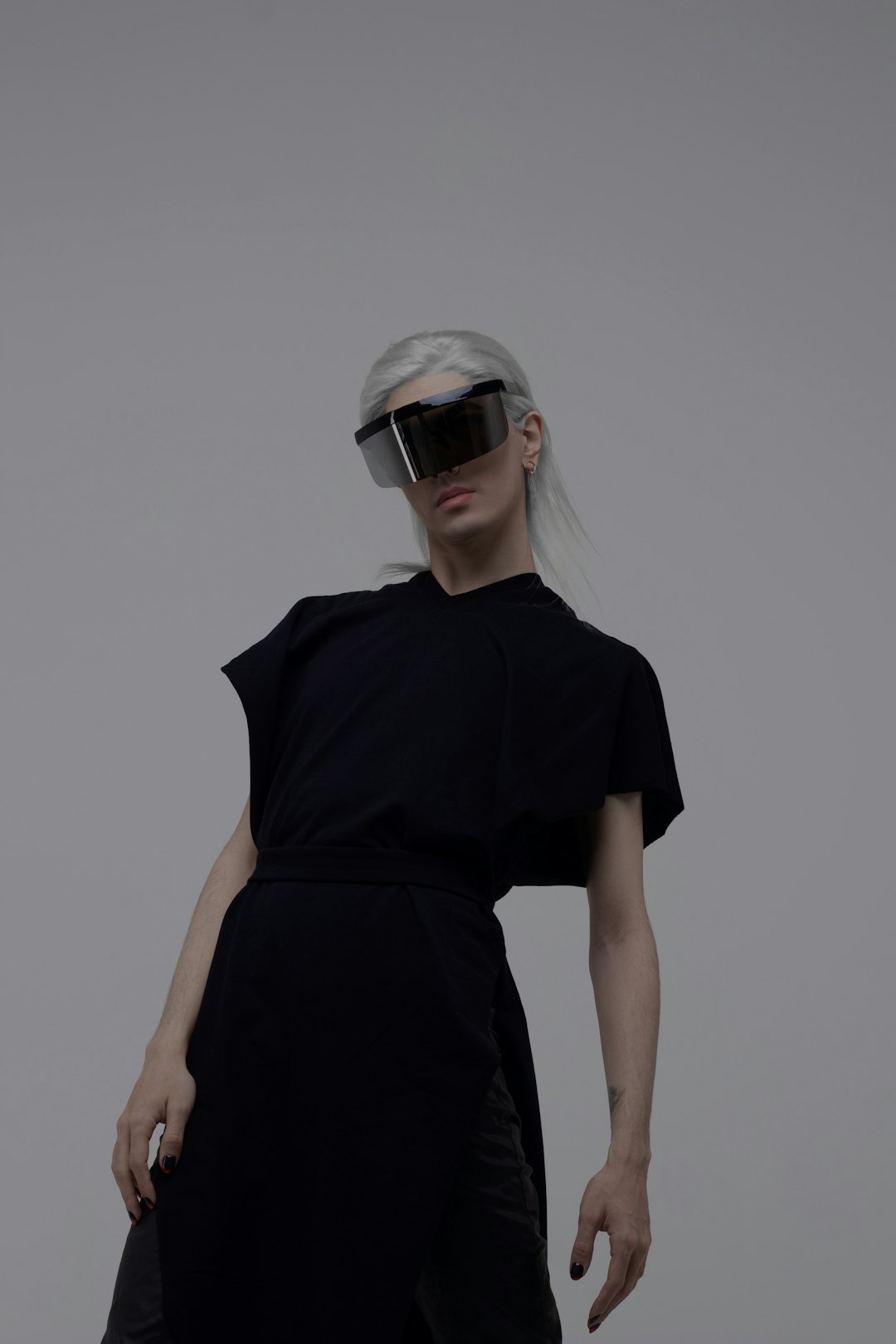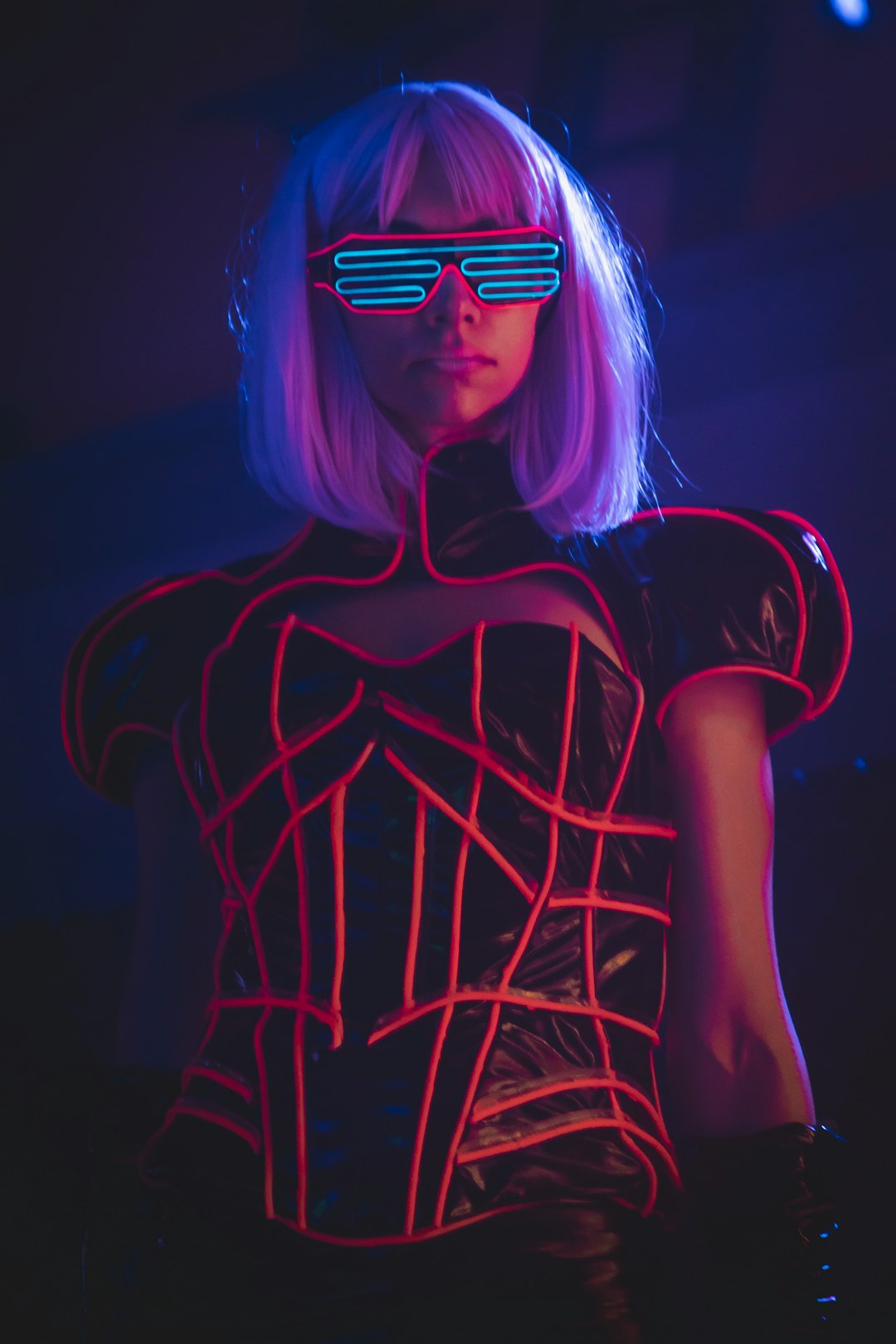Fashion has always been a rapidly evolving industry, shaped by cultural shifts, technological advances, and artistic imagination. Today, a groundbreaking force is reshaping the fabric of fashion—artificial intelligence (AI). From custom-fitted digital designs to smart materials embedded in wearables, AI-driven costume innovations are transforming not only how clothes are made but how they’re worn, perceived, and experienced.
Whether on runways, in movies, or during virtual experiences, AI is pushing the boundaries of creativity and practicality. Let’s explore how these innovations are redefining the world of fashion, one costume at a time.
The Rise of AI in Costume Design
The traditional costume design process could take weeks or even months—requiring hand sketches, back-and-forth fittings, and several rounds of alterations. Now, with AI-driven tools, designers are able to:
- Generate 3D renderings of costumes within minutes.
- Simulate fabric behavior using physics-based algorithms to predict how materials will move and feel.
- Create personalized designs by analyzing data such as body measurements, motion patterns, and even emotional expressions.
This dramatically reduces waste and speeds up the design-to-production pipeline—allowing for greater experimentation and innovation.
AI-Powered Personalization
In the age of personalized consumer experience, AI is helping designers produce costumes tailored to individual needs and preferences. It takes into account not just size but also variables like:
- Body posture
- Skin tone
- Climate adaptability
- Movement range
For example, AI engines can analyze a person’s gait and posture to recommend designs that enhance both comfort and aesthetics. This capability goes beyond retail fashion—AI-tailored costumes are now being used in theater and films to improve character authenticity and actor performance.

Algorithm-Driven Creativity
While some fear AI may stifle creativity, the truth is quite the opposite. AI acts as a powerful creative partner, offering costume designers new tools to explore patterns, colors, and forms that may not have been possible—or even imaginable—before.
Designers use neural networks trained on massive datasets of historical and contemporary garments to generate new design ideas. The system can suggest:
- Color palettes that work harmoniously across different skin tones and lighting conditions
- Fabric mixes optimized for look and feel
- Silhouette variations inspired by different cultures and eras
By freeing designers from some of the more time-consuming aspects of their work, AI allows them to focus more on storytelling, aesthetic quality, and artistic direction.
Virtual Costumes and Digital Fashion
One of the most exciting developments in fashion is the rise of digital and virtual costumes. With the help of AI, designers can now create garments that exist only in the digital space—used in video games, virtual reality environments, or social media platforms.
This innovation caters to a tech-savvy audience that values uniqueness without the environmental footprint of physical production. AI assists these digital fashion artists by:
- Rendering hyper-realistic textures in real time
- Personalizing virtual costumes to avatars
- Creating interactive clothing that reacts to movement and surroundings

Sustainability Through Smart Design
As fashion faces increasing scrutiny for its environmental impact, AI is emerging as a potent tool for sustainable costume design. Innovative algorithms can now predict material waste before garments are cut, helping brands reduce their carbon footprint. AI also empowers:
- Recyclable fabric optimization: Matching designs with circular materials to ensure longevity.
- Inventory forecasting: Identifying trends and consumer behavior to minimize overproduction.
- On-demand manufacturing: Reducing storage and transportation needs by producing only when ordered.
This smart approach to sustainability is transforming how both independent designers and fashion houses think about resource use.
AI in Performance and Interactive Wear
Costumes aren’t just about aesthetics—they often serve functional roles, especially in film, theater, and performance art. AI is now used in smart fabrics that can adapt to temperature, light, or even the wearer’s mood. These capabilities have introduced exciting innovations such as:
- Color-changing costumes reacting to sound and lighting on stage
- Movement-synchronized wearables that shift shape or texture during choreography
- Biofeedback garments that visually represent a performer’s heart rate or stress levels
These AI-enhanced costumes not only captivate audiences, but also push the boundaries of immersive storytelling.
Democratizing Design
Traditionally, high fashion and costume design have been industries with limited accessibility. However, AI tools are changing that by making advanced design capabilities available to a broader group of creators. Through open-source software and online platforms, aspiring designers can:
- Use generative design tools to create professional-grade costumes
- Access AI models that recommend design elements based on personal input
- Collaborate virtually with other creators across the globe
This democratization is fostering a new wave of innovation in independent fashion and cosplay communities—where boundary-pushing ideas often originate.
Impact on the Film and Entertainment Industry
In film and television, costume design plays a crucial role in building immersive worlds. AI streamlines the creation of elaborate costumes—whether it’s a superhero suit or a Victorian gown—by ensuring perfect alignment between the designer’s vision and the technical needs of production.
Melting the line between CGI and costume, AI helps studios:
- Digitally prototype costumes for animation and live-action hybrids
- Perform cloth simulations for stunts and action scenes
- Adapt costume designs in post-production with greater accuracy
These abilities contribute to more cohesive visual storytelling without the limitations of physical constraints.

What’s Next? The Future of AI and Fashion
As AI continues to evolve, the fashion industry can anticipate even more transformative changes:
- AI stylists: Apps that suggest daily outfits based on weather, calendar events, and personal style
- Emotion-sensitive garments: Costumes that respond to the wearer’s mood using biometric data
- Collaborative AI-human creativity: Designers working hand-in-hand with intelligent assistants
The fusion of creativity, technology, and innovation heralds a future where the boundaries between virtual and real fashion may blur entirely—and costumes become as emotionally intelligent as they are functional.
Final Thoughts
The intersection of AI and costume design is not simply a passing trend—it is a fundamental shift in how fashion is conceived, crafted, and consumed. By merging artistic imagination with computational power, AI is enabling designers to dream bigger, work smarter, and create more sustainably. Whether you’re a fashion lover or a technology enthusiast, there’s no denying that AI is tailoring the future of fashion, one thread at a time.


